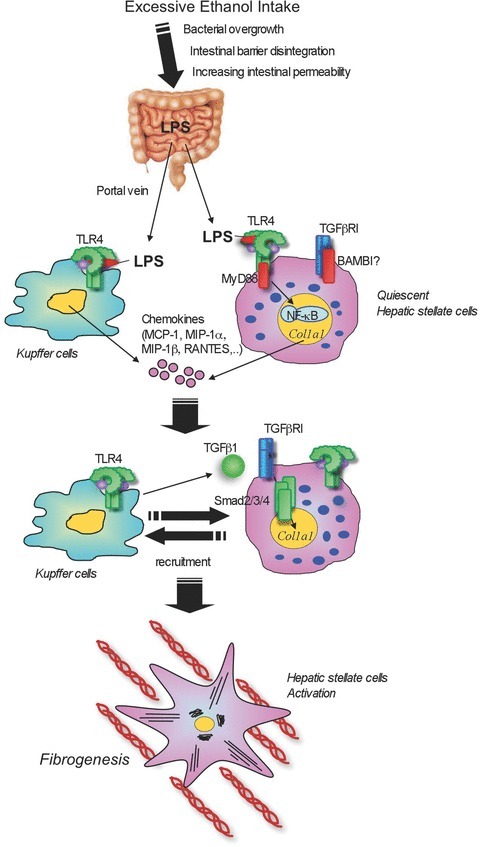Figure 3. Bacterial translocation and hepatic TLR4 signalling in alcoholic liver disease.

Excessive intake of alcohol induces changes in composition of intestinal microflora and bacterial overgrowth. In addition, tight junction disruption causes an increase in intestinal permeability, leading to translocation of gut microflora-derived LPS into the liver through the portal vein. Translocated LPS stimulates TLR4 on both Kupffer cells and hepatic stellate cells (HSCs). Upon activation of TLR4, Kupffer cells and HSCs produce chemokines (MCP-1, MIP-1α, MIP-1β and RANTES) that recruit Kupffer cells as well as HSCs. This activation of cells participates in liver inflammation, hepatocyte steatosis and fibrosis.
